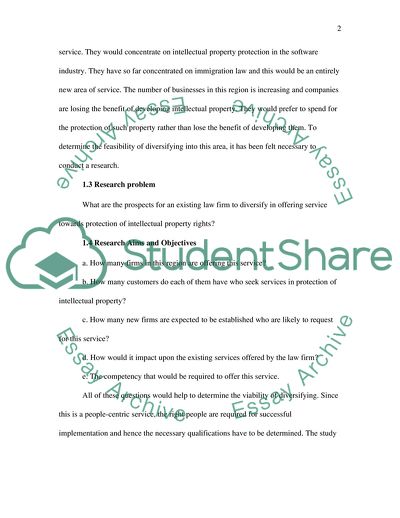Cite this document
(The Prospects for a Law Firm to Diversify in Offering Service Towards Research Proposal, n.d.)
The Prospects for a Law Firm to Diversify in Offering Service Towards Research Proposal. https://studentshare.org/law/1709528-marketing-research-for-a-law-firm
The Prospects for a Law Firm to Diversify in Offering Service Towards Research Proposal. https://studentshare.org/law/1709528-marketing-research-for-a-law-firm
(The Prospects for a Law Firm to Diversify in Offering Service Towards Research Proposal)
The Prospects for a Law Firm to Diversify in Offering Service Towards Research Proposal. https://studentshare.org/law/1709528-marketing-research-for-a-law-firm.
The Prospects for a Law Firm to Diversify in Offering Service Towards Research Proposal. https://studentshare.org/law/1709528-marketing-research-for-a-law-firm.
“The Prospects for a Law Firm to Diversify in Offering Service Towards Research Proposal”. https://studentshare.org/law/1709528-marketing-research-for-a-law-firm.


